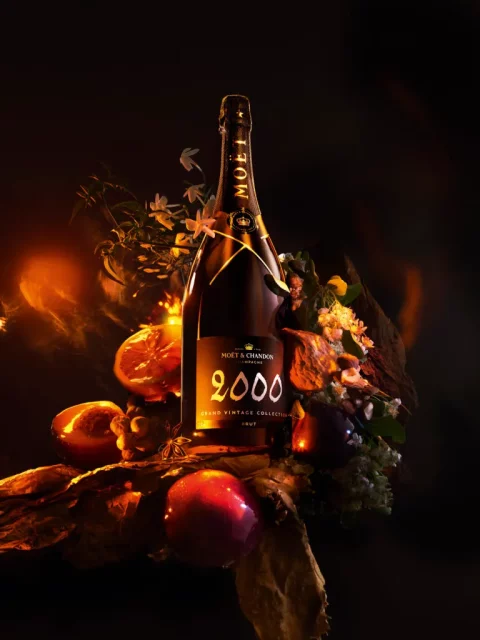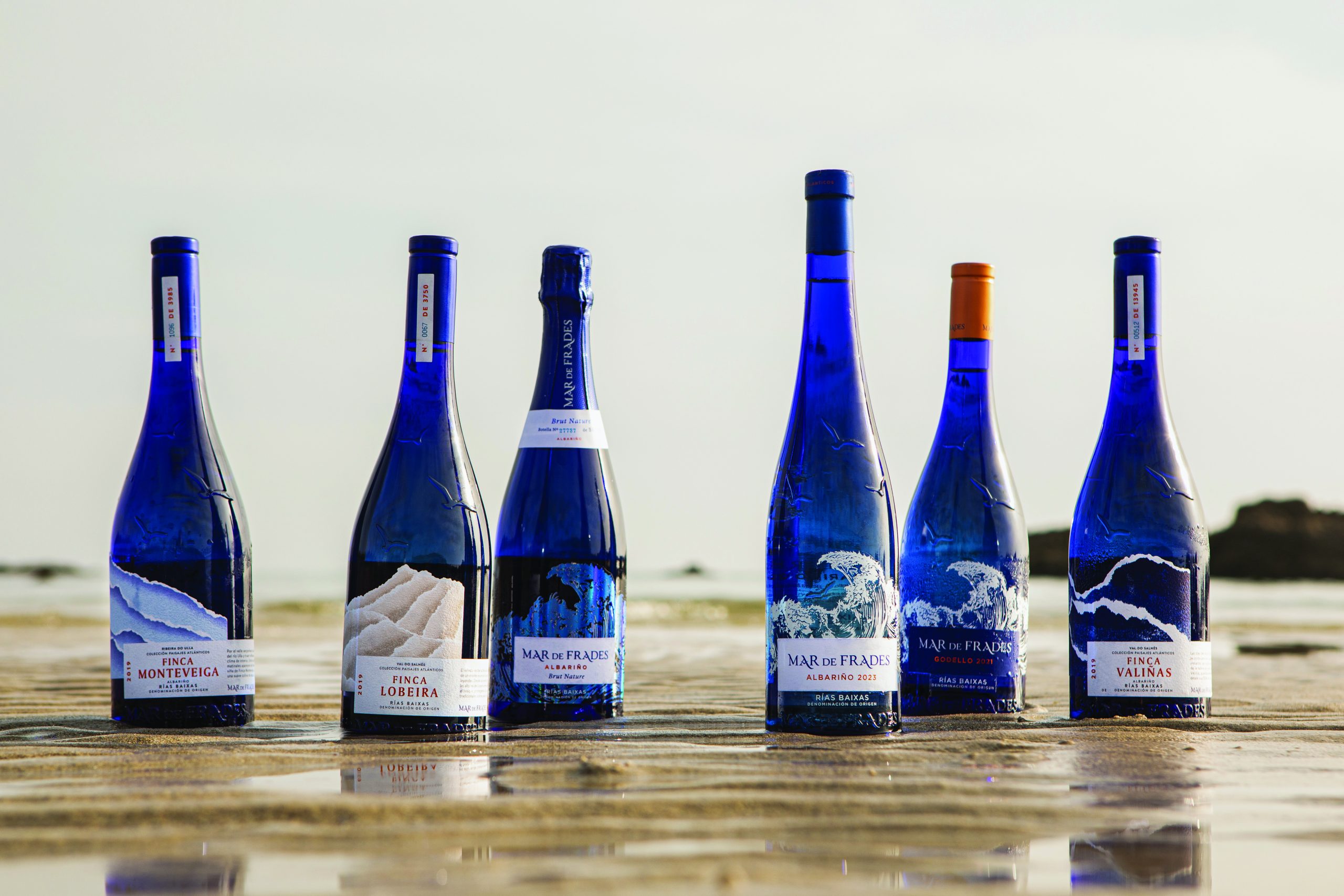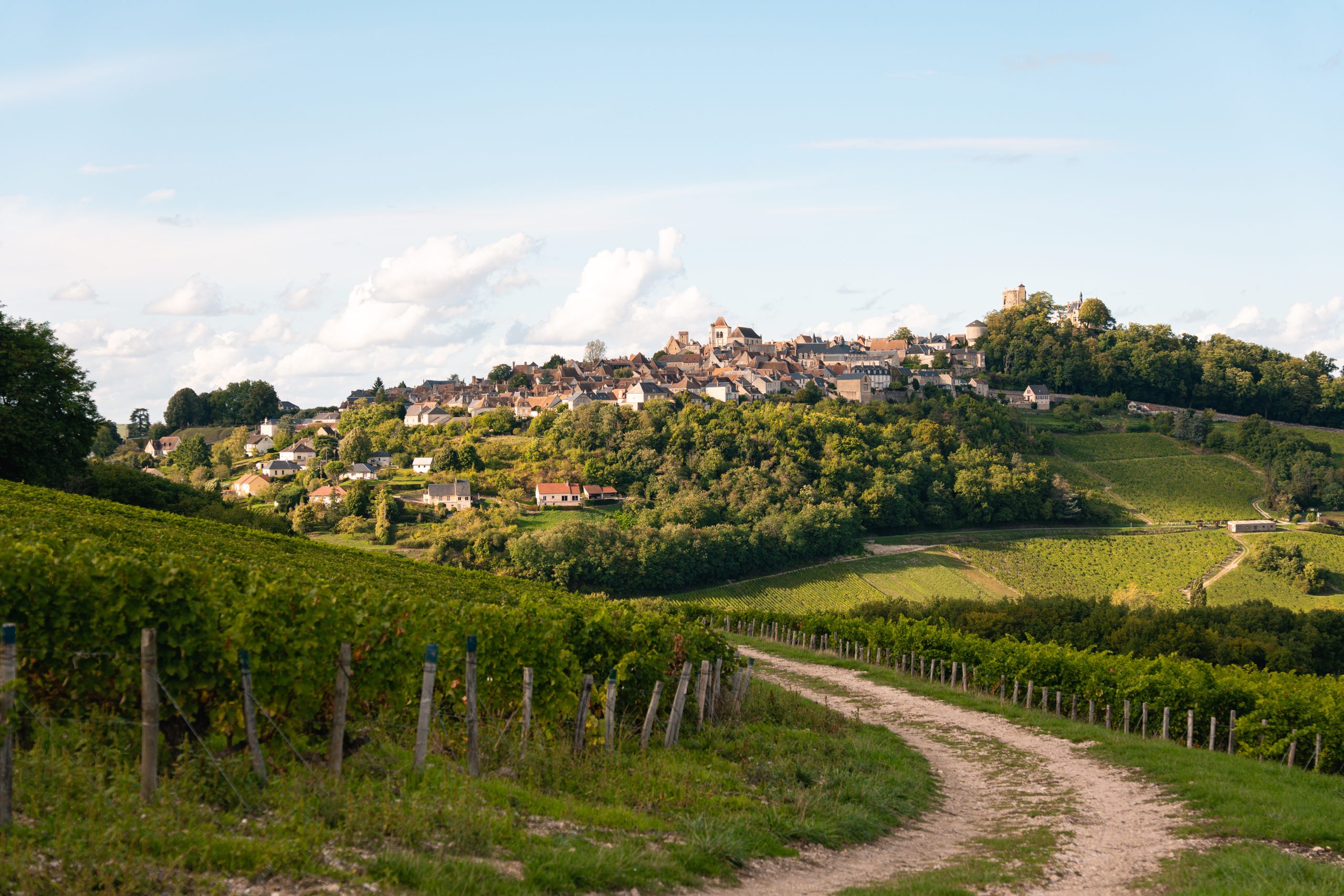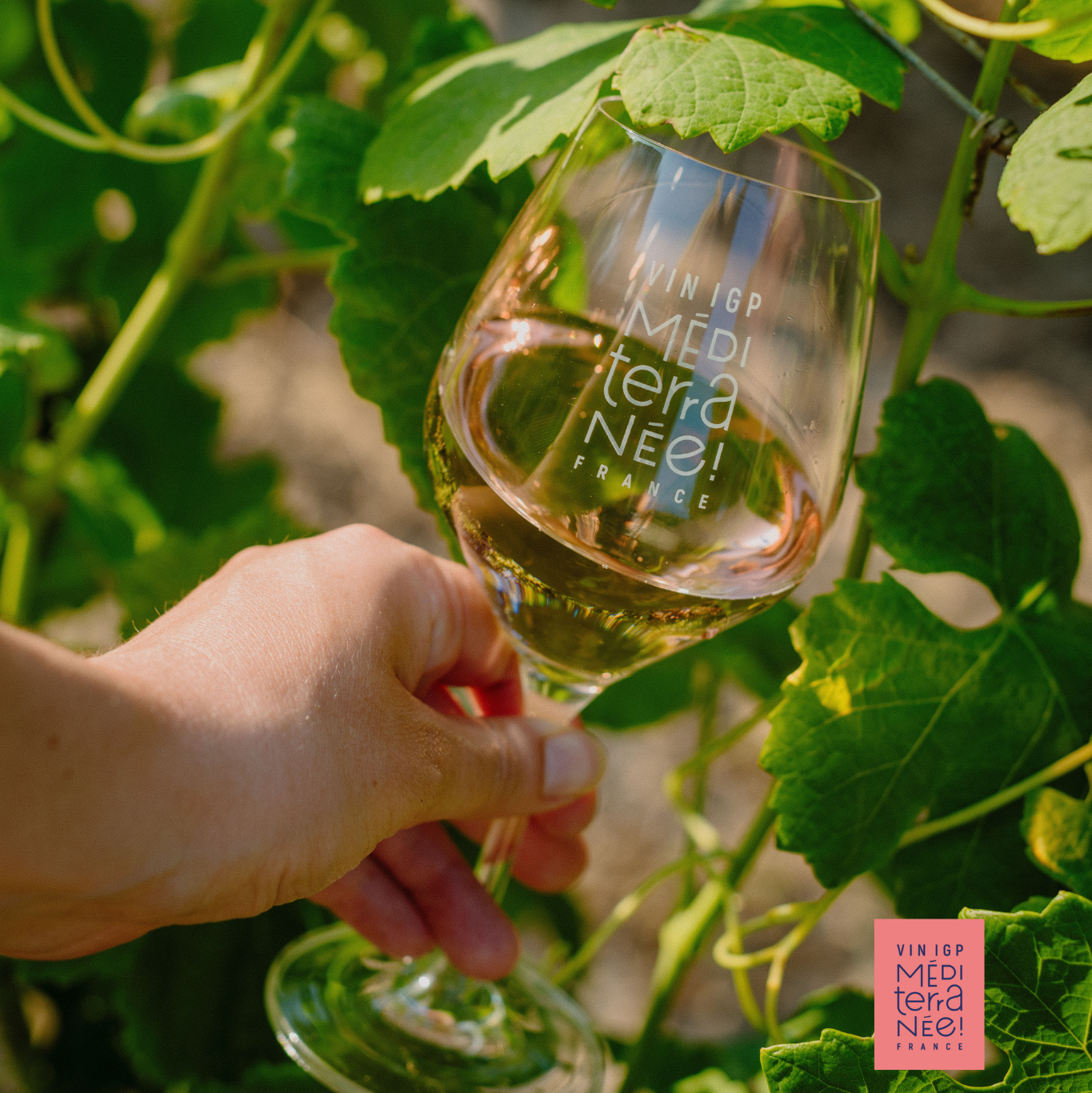What makes Moët’s ‘Collection’ Champagnes special?
Not many people know about Moët & Chandon’s Grand Vintage Collection Champagnes, which are a niche, high-priced and outstanding offering from the house. We look into what makes them different and special.

Towards the end of 2024, Moët unveiled a ‘trilogy’ of vintages, featuring expressions from 2016, 2009 and 2000, with each one differing not just due to the harvests they hailed from, but also the manner in which the Champagnes were matured.
Before considering their differences, as well as what unites these fine wines, it is important to note a subtle but important differentiating aspect to their names, with the 2016 – as the youngest single-harvest Champagne from Moët – called ‘Grand Vintage’, while the older two expressions are branded ‘Grand Vintage Collection’.
As for what connects these Champagnes, Moët & Chandon cellar master Benoît Gouez – who came to London in November for their launch – explained why he had chosen to present these vintages together, as well as release them into the market at roughly the same time.
“Even if every vintage is unique, we can group vintages into families,” he began. “We have parameters for that, based on the climate, the balance of the grapes, and the aromatic profile of the wine,” he added.
Continuing, he said, “Why 2009 with 2000 and 2016? Because we believe these three vintages are part of the same family; they all featured an uneven climate with a lot of rain, putting the growers under pressure.”
He then said that each year shared “conditions that were not perfect on paper, but, finally, on blending, were able to produce Champagne of great quality.”
Indeed, with 2016 in particular, he said, “I like to talk about excellence born of turbulence.”
And, due to the similarity of such harvests, by launching older expressions together with the latest release, he could show the ageing potential of the 2016 Grand Vintage, should a buyer want to cellar it further.
“2016, 2009 and 2000 had the same parents, they were produced in similar circumstances, so they have common genetics, but they have different ages, and have spent different lives: 2009 and 2000 are the older brothers and sisters of 2016, so they give you an idea of how 2016 will develop,” he summed up.
Nevertheless, the point about “different lives” is important, as Moët’s Collection Champagnes are more than simply an older expression of a single-harvest cuvée – and you pay for that difference: while 2016 Grand Vintage retails for around £62 in the UK, the Grand Vintage Collection 2009 will cost you around £211 and the Grand Vintage Collection 2000 as much as £326.
In essence, aside from the rarity factor, this price difference reflects the fact that if you bought any of these Champagnes on first release, and cellared them yourself, the results would not be the same.
This is because of the way the vintage Champagnes destined for Moët’s Collection late-releases are aged and sealed.
Commenting on the latter first, Gouez said that since 1993, Moët has done two bottlings of its vintage Champagnes, one under crown cap [a shallow metal covering that is pressed against the rim of the bottle], and a second, smaller bottling under cork, which is for its Grand Vintage Collection.
This is because the Champagnes destined for releasing as Grand Vintage Collection will age for a longer period and a cork – as a naturally-elastic stopper inserted into the bottle – is “still the least permeable sealing to oxygen and Carbon Dioxide,” according to Gouez.
“We are looking for a maturation period which is a minimum of 15 years, and cork provides a more reductive environment compared to crown cap,” he said.
Not only that, but he also commented that “cork enriches the wine with aromas and textural elements.” Continuing he said, “This is still under research, but there are positive molecules released by cork; we know TCA [from cork] is negative, but cork can enrich wines with positive molecules too – cork is from the tree like barrels, and we know how barrels can enrich a wine; it’s the same with cork.”
Partner Content
It does take time for the differences to appear, however. But, Gouez states, “If you taste a wine that has spent 10 years or more under crown cap compared to one under cork, it is as though they are two different wines.”
While he said that “crown cap is perfect for less than 10 years, for long maturity, cork is really superior for three reasons: it is more reductive, it brings more texture and more layers of flavour.”
Finally on this subject he said, “We still need to understand why and how, and when we do, we could have an even better selection of corks,” before noting that he currently uses NDTech stoppers from Amorim that offer a non-detectable TCA guarantee, although every bottle of Grand Vintage Collection is tasted when it is disgorged to “make sure there is no defect from the cork”.
But it’s not just the closure type that makes Collection different from the initial release of Moët’s Grand Vintage Champagnes. It’s also the fact that the former expression is kept for much longer in contact with its lees, which is the natural sediment in the wine.
While both vintage Champagnes spend around six years placed on their sides ‘sur lattes’ in Moët’s cellars “to maximise the surface area of exchange between the lees and the wine”, according to Gouez. After this period, the Grand Vintage is riddled (a rotating process that moves the sediment to the neck of the bottle) and then disgorged, which involves expelling this sediment from the bottle, before the wine re-sealed, this time with a cork stopper.
On the other hand, the Grand Vintage Collection, which has been ageing under cork, also goes through the riddling process, but once the sediment has collected in the neck of the bottle, the Champagne stays stored with its lees in a top-down position, called sur pointe.
It then stays in this position, with the lees adding a barrier to any potential oxygen ingress into the wine from the cork stopper, meaning that this sediment “can both nourish and protect the wine” according to Gouez, noting that the 2009 and 2000 Grand Vintage Collection will have spent 15 years maturing in contact with their lees.
“This means that the Collection is a profile you can’t achieve yourself,” he said, adding, “Because it has been bottled under cork, and spent 15 years on its lees”.
But there’s a further difference. And that concerns the length of time Grand Vintage Collection spends maturing in Moët’s cellars, but not in contact with its lees – known as post-disgorgement ageing.
For Moët’s non-vintage Brut Imperial, such a period is a minimum of three months, while for Grand Vintage, it is never less than 6 months, while for Collection, it is always more than one year, with, in the case of the just-released 2000 vintage, as much as nine years.
The latter was, like the 2009, disgorged after 15 years on its lees, because it is at this point that Gouez believes the wine has achieved an ideal.
“Bottling under cork with long maturation in contact with the lees tends to build up the ageing potential of Champagne, and my intuition is that something happens around 15 years; there is a very singular expression, and a lot of ageing potential,” he said.
He added, “2000 [Grand Vintage Collection] is not an RD [recently-disgorged] Champagne, it was disgorged in 2015, and then kept.”
Continuing he recorded, “After 15 years [on its lees], the wines becomes very stable, and that’s why we call it Grand Vintage Collection – it’s highly collectible, because it doesn’t change much after that [length of time on lees].”
So, you can have the 2016 Grand Vintage today with seven years ageing on its lees under crown cap and more than 6 months off them. Otherwise, you could buy the 2009 Grand Vintage Collection with 15 years lees-contact under a cork stopper and a further year’s worth of post-disgorgment ageing, or the expression from 2000, with 15 years ageing on the lees under cork, and a further nine spent maturing off the lees in Moët’s cellars.
Read more
Why 2024 is relevant to Moët’s 2016 vintage Champagne
Related news
Moët & Chandon returns to Formula 1 podiums




